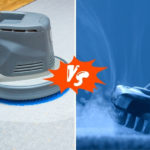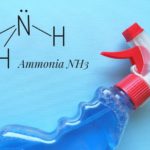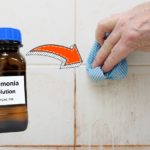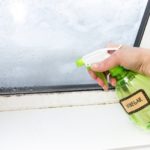Dry cleaning is a well-known laundry practice used to clean delicate, non-washable clothes.
But despite being called “dry” cleaning, the process still involves liquid. This liquid is a water-free solvent known as a dry cleaning solvent. But what is dry cleaning solvent exactly?
Here, we take a closer look at what this solvent is and why it’s integral to the dry cleaning process.
We also discuss the best dry cleaning solvents, how you can safely use them at home, and safer and more environmentally friendly alternatives.
If you have “dry clean only” clothes or greasy stains you cannot shift, dry cleaning solvent could hold the solution.
What Is Dry Cleaning Solvent Used For?
Dry cleaning solvent is used in the dry cleaning process to clean fabrics and garments unsuitable for traditional water-based washing. The solvent helps to remove stains and dirt from fabrics without causing damage or shrinkage.
Dry cleaning using solvents is particularly useful for delicate fabrics, garments with intricate detailing, or items that are labelled as “dry clean only.”
It is a gentler process that helps to preserve the quality and appearance of certain fabrics and garments while providing an effective clean.
You can also use dry cleaning solvents for dissolving grease and other oily substances that may not be effectively removed with water.
They help shift these stubborn stains easily, and you can then launder your clothes in the washing machine or by hand as usual.
What Is the Best Dry Cleaning Solvent?
The most common dry cleaning solvent is perchloroethylene, often abbreviated to “perc.” This chemical solvent has excellent cleaning properties and is widely considered the best. It’s used by over 95% of professional dry cleaners in the United Kingdom.
However, the use of perchloroethylene and other solvents has raised environmental and health concerns.
In response to these concerns, some dry cleaners have adopted more environmentally friendly and safer alternatives. Some dry cleaners now use less harmful solvents, such as:
- Hydrocarbons: Hydrocarbon-based solvents are derived from petroleum and are a more environmentally friendly alternative to perc. However, the dry cleaning process will take longer. Common hydrocarbon solvents include Stoddard solvent and DF-2000.
- Liquid carbon dioxide (CO2): Liquid carbon dioxide is a more recent innovation in dry cleaning. It involves using liquid CO2 as a cleaning agent and is considered even more environmentally friendly. However, the process requires specialised equipment.
- Silicone-based solvents: Silicone-based solvents, such as GreenEarth, are also considered environmentally friendly and are often used in professional dry cleaning. They are clear, odourless, and gentle on fabrics.
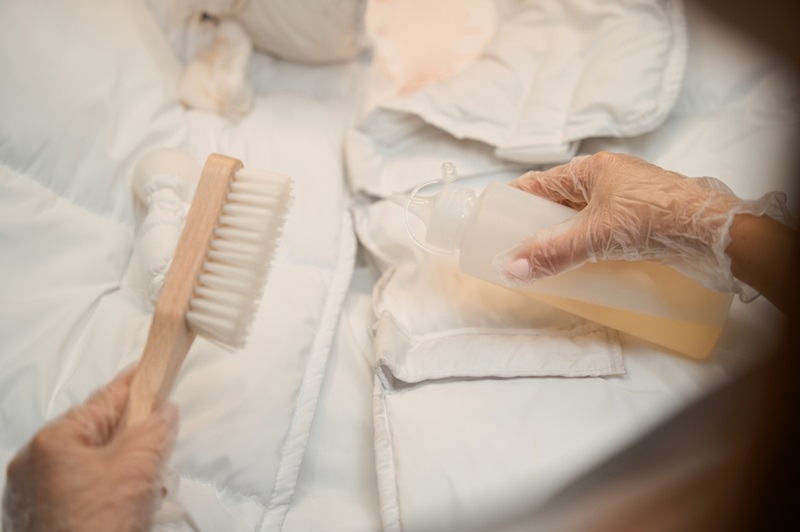
How Do You Use Dry Cleaning Solvent Properly?
You can take your garments to a professional dry cleaner, but it’s also possible to dry clean clothes at home for equally good results.
However, it’s crucial to use dry cleaning solvents properly to ensure your safety throughout the process—dry cleaning solvents are made from volatile chemicals, so they need to be handled carefully.
Follow the steps below for a safe and effective dry cleaning process at home:
Step 1: Prepare your workspace
As dry cleaning solvents are made from chemicals, you must work in a well-ventilated area. This helps to prevent high levels of the solvent from accumulating in the air and causing potential irritation to your respiratory system.
You should work outside where possible. However, you can work indoors if you are spot-treating garments.
Always open the windows and use a fan to help disperse the fumes. Also, make sure there are no open flames or heated surfaces in the room, including candles, heaters, and gas appliances.
Even with good ventilation, we recommend wearing an N-95 mask to protect your airways. Disposable gloves are also a must-have to protect your hands and skin.
Step 2: Apply the solvent to the garment
Before applying the solvent to the entire garment, perform a spot test in an inconspicuous area to ensure the solvent doesn’t cause any damage or discolouration.
You can do this by putting a few drops of the solvent on a clean white cloth and rubbing it along a hidden area.
If there are no signs of damage a few minutes after application, you can apply the dry cleaning solvent to the stains.
Gently blot the stained or soiled area with a cloth dipped in solvent. Avoid rubbing, as it can damage the fabric.
For general cleaning, you’ll need to apply the solvent to the entire garment. However, work in small sections to help prevent excessive toxic fumes from accumulating in the air.
Step 3: Blot and dry your clothes
Blot the solvent into the fabric gently using a clean, dry cloth until the solvent and stains have been lifted from the material.
If the garment is water-safe, you can dip the cloth in water and use this to blot the fabric. This can help ensure that all the solvent is removed from your clothes.
Afterwards, leave your clothes to dry. Air drying is usually the preferred method—most items labelled as “dry clean only” are made from delicate materials unsuitable for tumble drying.
Heated drying methods can also set any remaining stains into the garments, making them hard to remove.
If you’re using dry cleaning solvent to remove oil/grease stains from washable garments, you can alternatively put them in the washing machine after treating the stains, then hang them to air dry.
What Can You Use Instead of Dry Cleaning Solvent?
If you’re looking for alternatives to commercial dry cleaning solvents, there are a few safer and environmentally friendly methods you can try:
- DIY dry cleaning kits: Home dry cleaning kits are available, such as the Dryel Dry Cleaning Starter Kit. These sets usually consist of a spot remover and a special bag for use in your home dryer. Follow the instructions provided with the kit for the best results.
- Steam cleaning: You can steam clean clothes instead of washing them to help remove light stains. Some home steam cleaners are designed for use on fabrics. Always check the instructions and test on a small area first to avoid damage.
- Spot cleaning with mild detergent: For water-safe fabrics, you can try spot-cleaning greasy stains with a mixture of water and mild laundry detergent. Use a clean cloth or sponge to blot the stain gently to lift it from the material.
- Vinegar and bicarbonate of soda: Mix equal parts white vinegar and water and use it to dab gently at stains. For odours, sprinkle bicarbonate of soda on the clothes, let it sit for a while, and then brush or shake off the powder.
- Cornflour or talcum powder: Sprinkle cornflour or talcum powder on greasy or oily stains. Allow it to sit for a few hours or overnight, during which time it will absorb the oil from the material. In the morning, simply brush off the powder.
- Rubbing alcohol: Test a small, inconspicuous area first, and if the fabric is alcohol-safe, you can try dabbing at the stain with a cloth soaked in rubbing alcohol. Allow the fabric to air dry afterwards to avoid setting in any remaining stains.
- Hand washing: Some garments labelled as “dry clean only” can be hand-washed using a gentle detergent. Follow the care instructions on the garment and use cool water. To find out more, check out our guide to hand washing clothes
Remember that the effectiveness of these methods varies based on the type of fabric and stain. If you are in doubt or dealing with valuable or delicate items, use a professional dry cleaning service.

Hannah has a passion for cleaning. She worked her way around Australia by cleaning hostels in exchange for free accommodation and used her cleaning skills to bag a job as a chalet host for a luxury ski company in France.

